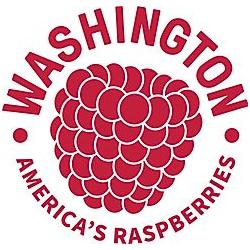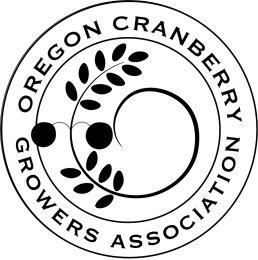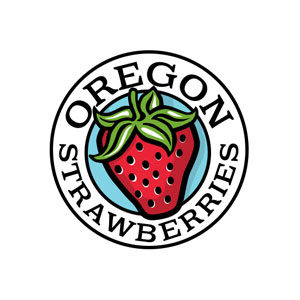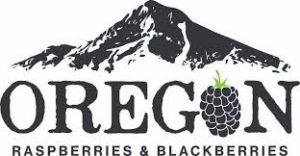Development of alternate fertilization programs to mitigate nutrient problems found in long-term organic production systems
- Research Status: Project completed 2019 - 2022
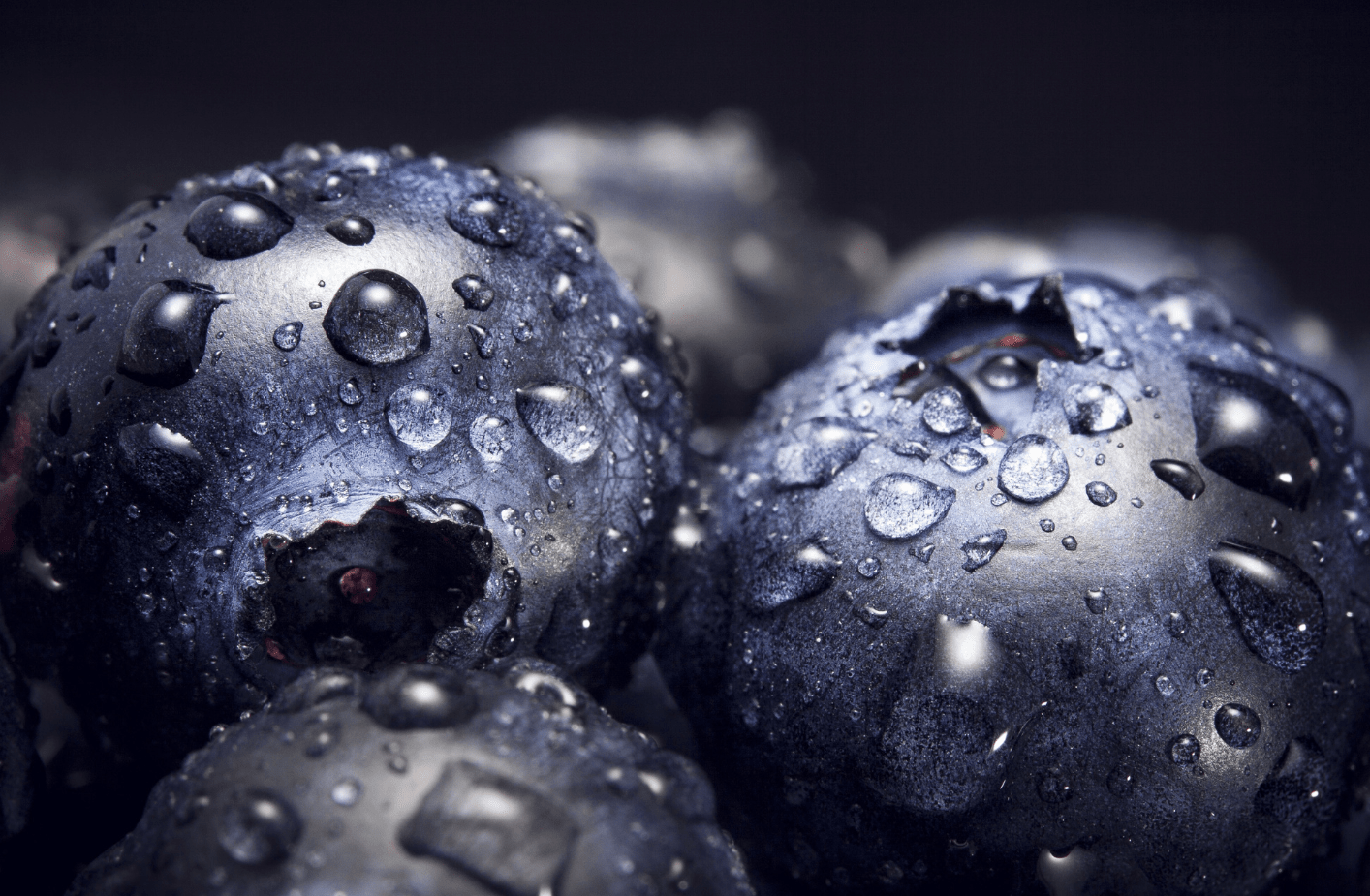


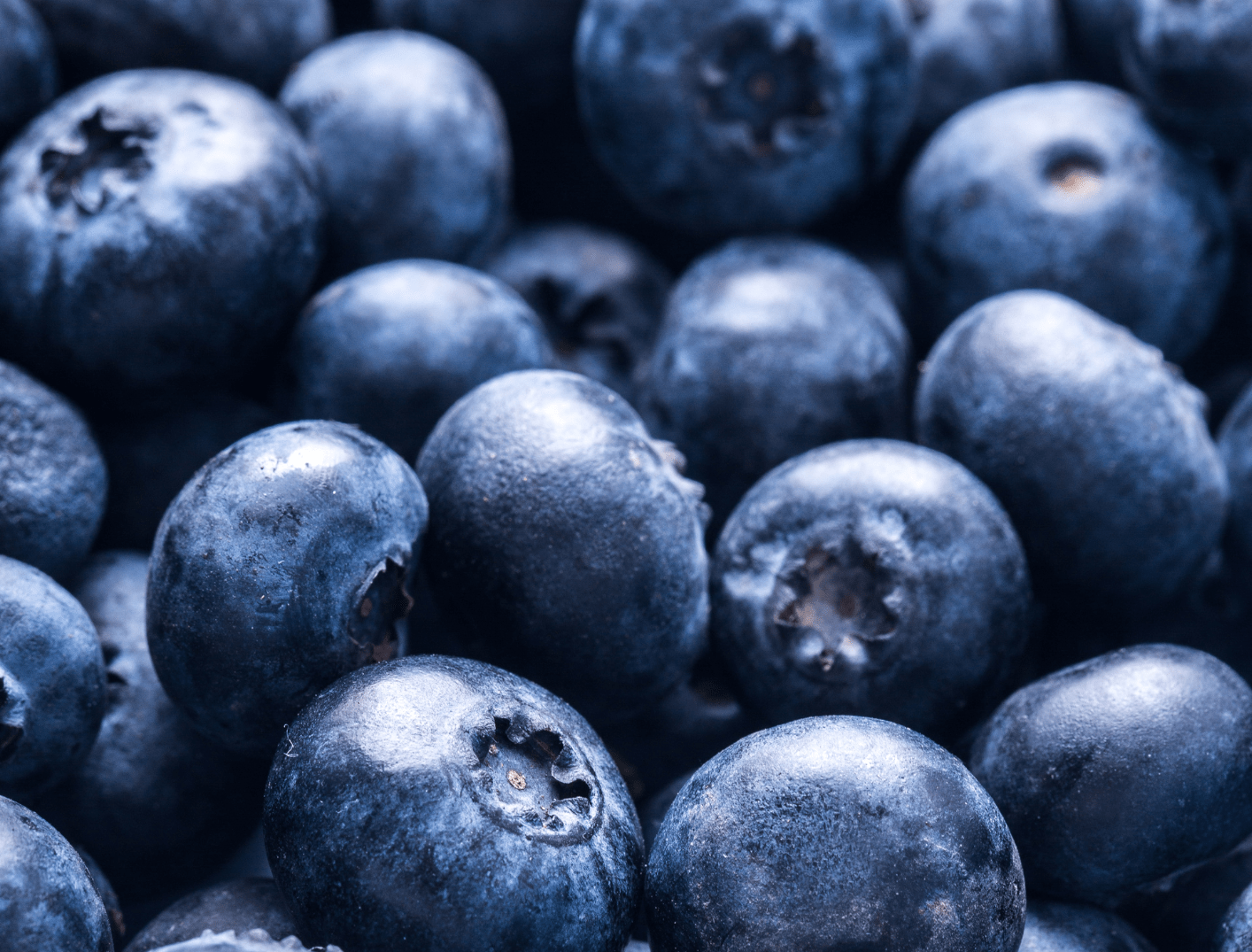
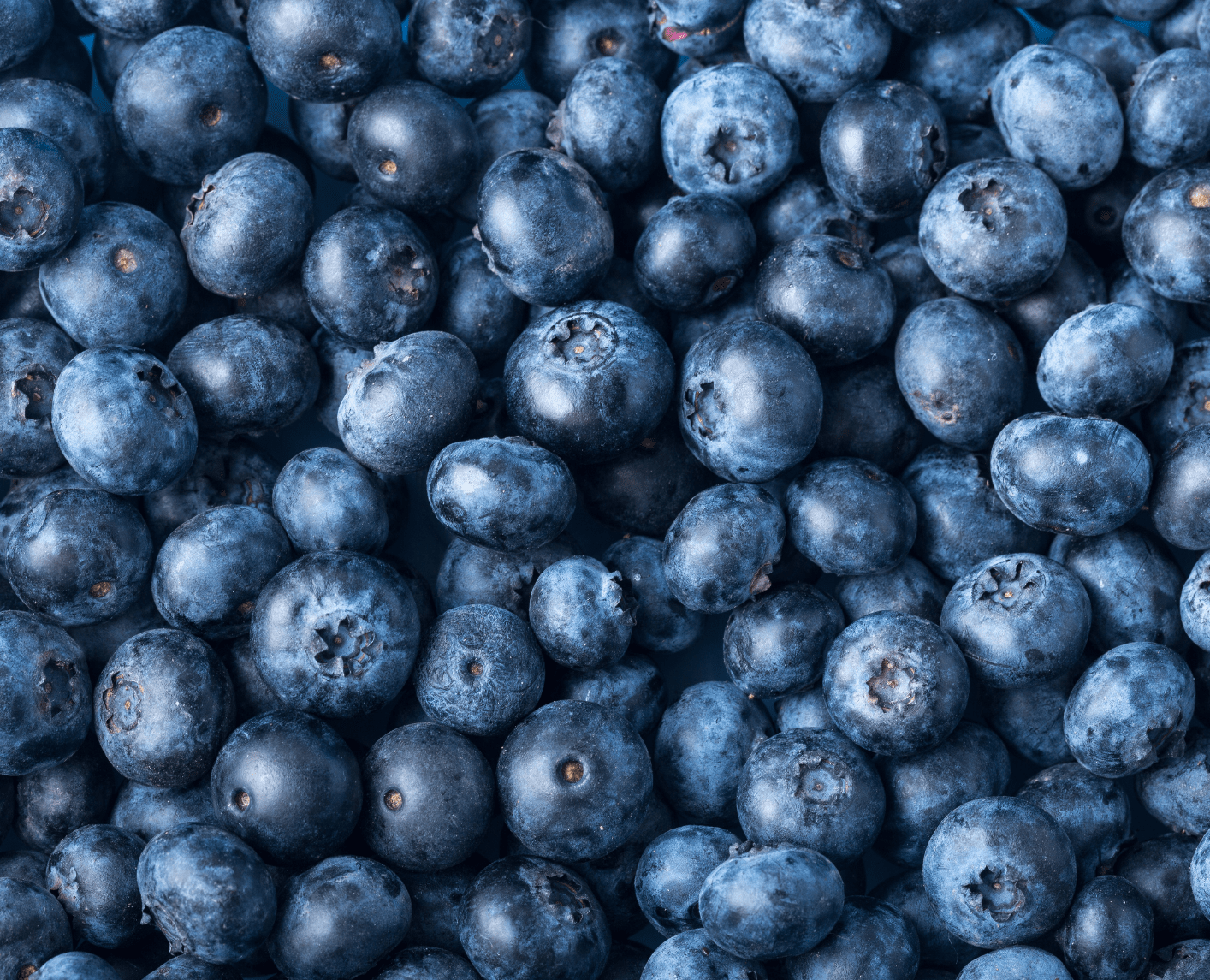

In long-lived organic blueberry production systems, nutrient imbalances caused by some fertilization and mulching practices can reduce yield and plant health. The ability to balance nutrient levels and thus improve productivity over time was evaluated in a mature planting of ‘Duke’ and ‘Liberty’ that had previously been used to study different mulching practices and various rates and sources of fertilizer.
The prior fertilizer treatments were feather meal and fish emulsion, each applied initially at “low” and “high” rates of nitrogen (N), 29 and 57 kg·ha-1 N in 2007–08 and then increased incrementally as the planting matured to 73 and 140 kg·ha-1 N in 2013–2016. Mulch treatments included sawdust (9-cm deep), yard-debris compost (4-cm) + sawdust (5-cm) and weed mat. In winter 2016-17, existing weed mat was removed from plots where it was present, and new weed mat was installed on top of any existing organic mulches – thus changing the mulch treatments to weed mat (over bare soil), weed mat over sawdust, and weed mat over compost + sawdust from 2017–2020. A hydrolyzed soy protein-based fertilizer with almost no additional nutrients except N was applied at a moderate rate (106 kg·ha-1 N) relative to prior treatments. Plants were evaluated on flat and raised beds separately in this trial. On average, yield increased 19% and 56% from 2016 to 2020 on flat beds for ‘Duke’ and ‘Liberty’, respectively, and increased an average of 8% and 42% on raised beds, respectively. Plants that had weed mat placed over the existing sawdust or compost+sawdust mulch had a greater increase in yield than those with weed mat alone on both flat and raised beds. This mulch combination also resulted in higher SOM throughout the study. ‘Duke’ plants that had been fertilized with fish solubles in the prior study did increase in yield, but at a lower rate than those fertilized with feather meal, while ‘Liberty’ was again largely unaffected by fertilizer source. Switching to an intermediate rate of N fertilization increased yield regardless of whether plants received the low or high N rate from 2007–2016 for flat ground plantings confirming our previous conclusion that the low rate provided sufficient N for healthy plant growth and production. Soil Potassium (K) and leaf %K declined since transitioning away from fish solubles and yard-debris compost, leading to fewer negative impacts of soil K on uptake of Ca and Mg. This study has shown that within a relatively short period of time some issues like high soil K and resulting nutrient imbalances can be mitigated and yield increased in plants that were not at optimum productivity.
Strik, B.C., A.J. Vance, D.R. Bryla, and D.M. Sullivan. 2017. Organic production systems in northern highbush blueberry: I. Impact of planting method, cultivar, fertilizer, and mulch on yield and fruit quality from planting through maturity. HortScience 52:1201-1213.





